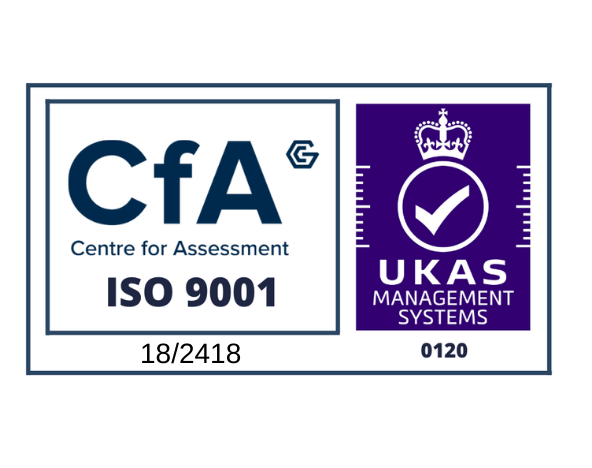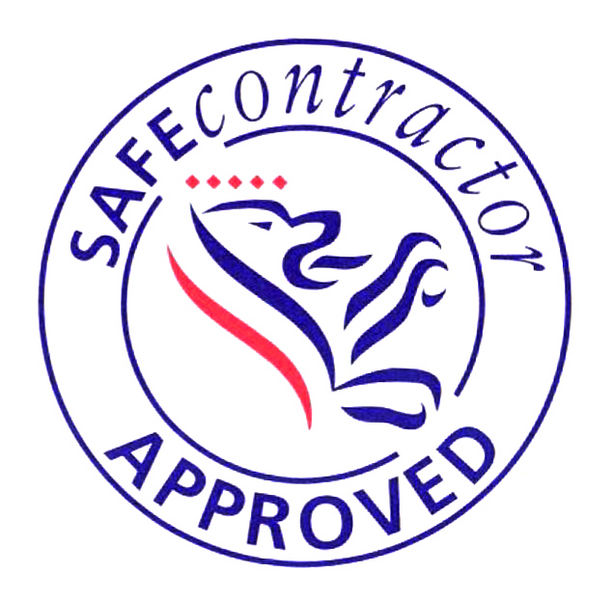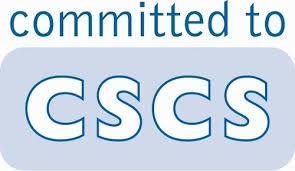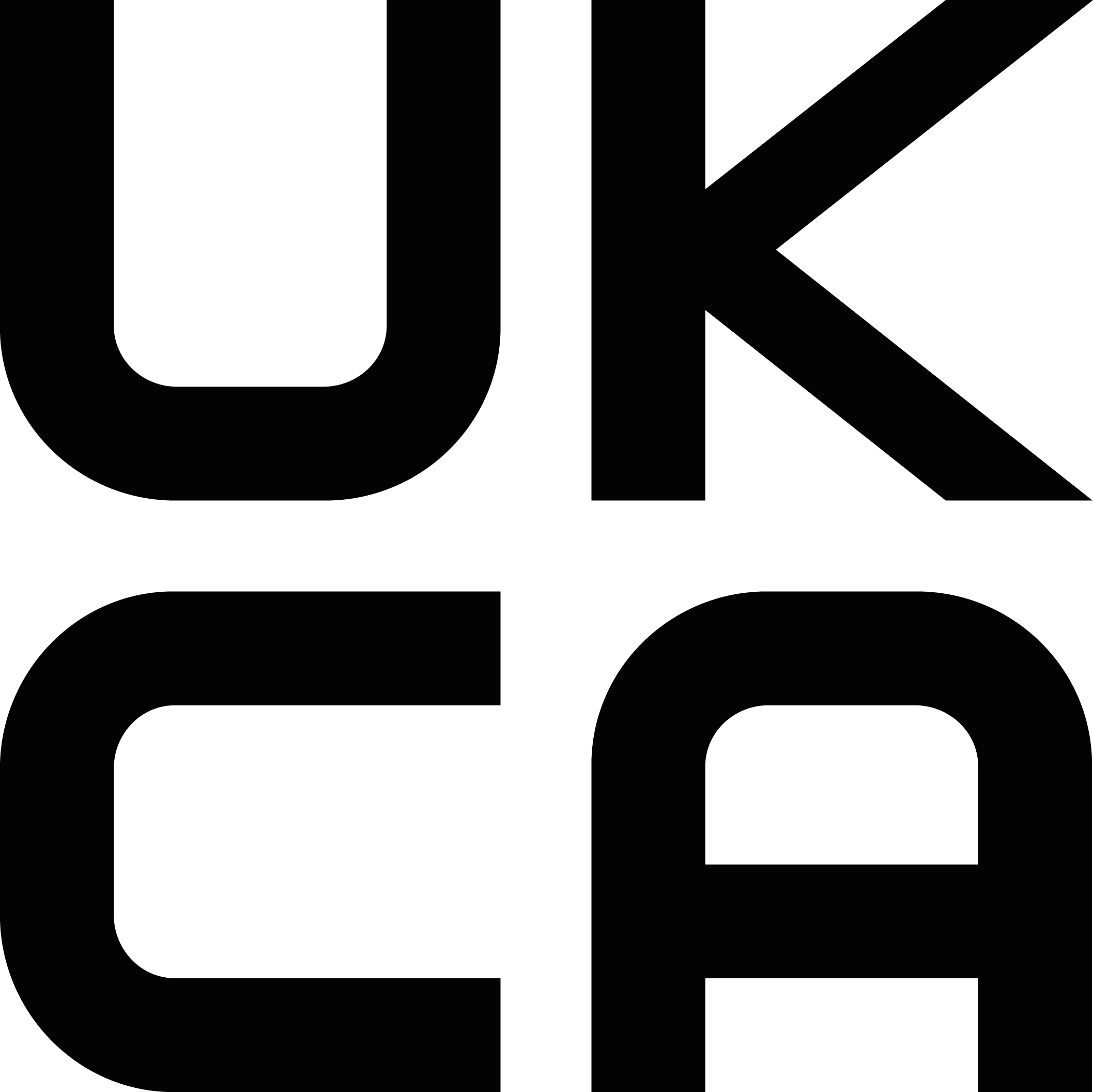The Pros and Cons of Different Types of Stairs
If you're looking for metal stairs for a project in your home or workplace, here at Bradfabs there are plenty of options to choose from.
In this article, we look at the advantages and disadvantages of some of the more popular types.
Straight Stairs
Straight stairs are the most common type for both residential and commercial properties.
Advantages:
- Straight stairs are the easiest to ascend and descend
- They are typically easy to install
- They only require connection at the top and bottom, with no intermediate supporting structure They look good in minimalist design themes due to their simplicity
- They can be made unobtrusive by choosing thin treads, thin metal stringers and open risers
- You may not need a landing for a short vertical climb
- Railings and handrails are easy to design and fit
Disadvantages:
- They take up quite a lot of linear space
- Some other stair types can be used to create a privacy barrier between floors
L Shaped or Quarter-Turn Stairs
This variation on the straight stair is usually achieved by adding a landing at some point to give a 90-degree bend.
Advantages:
- They can be visually interesting
- They can form a visual barrier to add privacy between floors
- They can limit sound transmission if contained within walls
- The central landing reduces the total potential fall down a flight of stairs
- A landing is a convenient place to stop
Disadvantages:
- L-shaped stairs are more difficult to build than straight stairs
- A support is usually required for the landing, often built into the adjacent walls - for an open-plan look, metal stairs can be made with slim steel supporting members
- Handrails are more complex to design and construct
U-Shaped, Half-Turn or Switchback Stairs
These are basically two parallel flights of straight stair connected by a landing to give a 180-degree bend.
Advantages:
- They can be easy to fit into your architectural plan
- They provide some architectural interest
- The landing offers a useful resting point
Disadvantages:
- They are more difficult to build than other types
Winder Stairs
Winder stairs are an L-shaped stair incorporating wedge-shaped or triangular steps.
Advantages:
- They take up less space than other types of stairs and are common in older homes or as a secondary staircase
- They are visually more interesting than straight types and can 'meander' round corners to create a more seamless transition
Disadvantages:
- Can be slightly trickier to navigate than L-stairs
- It might be more difficult to affix a handrail to this type of staircase
- A central support is generally required
Spiral Stairs
Spiral stairs follow a helical arc, with treads rising straight up around a central pole or column.
Advantages:
- They are very compact, so popular if space is at a premium
- They can be very attractive and a key design feature in their own right
- Installation can be straightforward
Disadvantages
- Spiral stairs can be difficult to navigate, but this improves with increased diameter
- It is difficult to transport large items up and down
- The stairs can only be used by one person at a time.
About Bradfabs
Bradfabs has been constructing bespoke staircases for customers for over 25 years across Yorkshire and further afield. As well as one-off bespoke fabrications we also supply short project runs as well as larger projects.
At Bradfabs we only use the very finest quality materials to construct our staircases, which are precision-made by our own highly skilled personnel.
Contact us today, call us now on 01274 400 401, or email us at sales@bradfabs.co.uk and we will be happy to help you.







